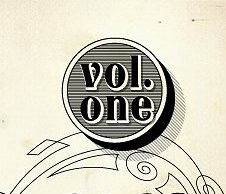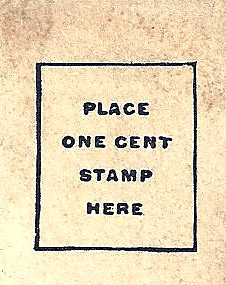Susan Zieger is associate professor of English at the University of California, Riverside, and author of The Mediated Mind: Affect, Ephemera, and Consumerism in the Nineteenth Century, forthcoming from Fordham University Press in 2018; Inventing the Addict: Drugs, Race, and Sexuality in Nineteenth-Century British and American Literature (University of Massachusetts Press, 2008), and numerous articles and reviews. Her third book project, Logistical Subjects, reinterprets modernity as a logistical phenomenon giving rise to distinctive subjectivities, affects, and aesthetics.

Authors | Susan Zieger
Articles on Amodern by Susan Zieger
BEFORE RORSCHACH
Ink Blots, Accidents, and Ephemera
This essay uses the nineteenth-century material practices and domestic uses of ink to trace an epistemological shift in the nature of accidents. At the apex of this change, Freudian psychology transformed accident into purpose, converting chance into unconscious intent; and hitherto randomly spilled or blotted ink was invested with aesthetic, social, and psychological meaning. This shift culminates with Hermann Rorschach’s famous blots. When spilled or blotted ink loses its accidental qualities, it illustrates an abiding paradox of ephemera, that it is never as incidental as it appears.
ON GRAPHIC ARTS AND EPHEMERA
A Conversation with Mita Mahato
If the digital age has relegated paper to an old medium, it has also changed the significance of paper’s ephemerality. The artist Mita Mahato, who works in cut paper, collage, comics, and limericks, has been exploring this new significance in a visual idiom that is both playful and wary. We met with Mahato to discuss her work’s unique engagement with disposability, the Anthropocene, nostalgia, and survival.
AMODERN 7: EPHEMERA AND EPHEMERALITY
Like some winged insects, ephemera – the plural of the Greek ephemeron – denotes things that last through the day. Maurice Rickards defined it as “the minor transient documents of everyday life” – bus tickets, business cards, bookmarks. Ephemera describes modern mass media forms such as the newspaper and radio broadcasts, as well as contemporary ones such as email and short message service. Ephemera haunts classical aesthetics, whose pretensions to cultural value and endurance can figuratively efface its own materiality and fragility. Ephemera similarly menaces concepts and practices of history, even when it serves as evidence of the past and the stuff of the archive. Indeed, ephemera problematizes memory itself: Wendy Hui Kyong Chun has theorized that digital media create an “enduring ephemeral” of constantly refreshing, regenerating information, introducing as much instability into computer programs as abides in putatively more fallible, degenerative human memory. With this observation, the paradox of ephemera – that it was meant to be disposable and fleeting, but is instead often kept and collected – comes into view as a central ambivalence of modern mediated life.
This special issue of Amodern historicizes and theorizes ephemera and ephemerality across two centuries of media and archival encounters. Linking historical and new media studies, we broaden the traditional definition of ephemera from daily, paper-based material to temporary architecture, theatrical performance, radio broadcasts, pixels, and social media. The issue links ephemera scholars focused on paper to those interested in radio, television, computational, and digital media and arts. The benefit of this cross-temporal and -media conversation runs two ways: new media scholars are reminded that print offered no materially stable media past, and nineteenth-century scholars acquire a new vocabulary that will sharpen their analysis of “old” media and low-tech materials. By creating a long history of ephemera, the issue affords connections between mass culture, political memory, and ideologies of freedom across different historical moments. For example, in our present big data moment, the seeming imperishability of certain forms of social media has produced a dialectical turn toward an ideology of freedom in the deliberate deletion of documents. Yet this turn is usefully refracted through forgotten or neglected Romantic-inflected ephemeral practices and aesthetics, such as inkblot art, which also valorized a transgressive impermanence.






